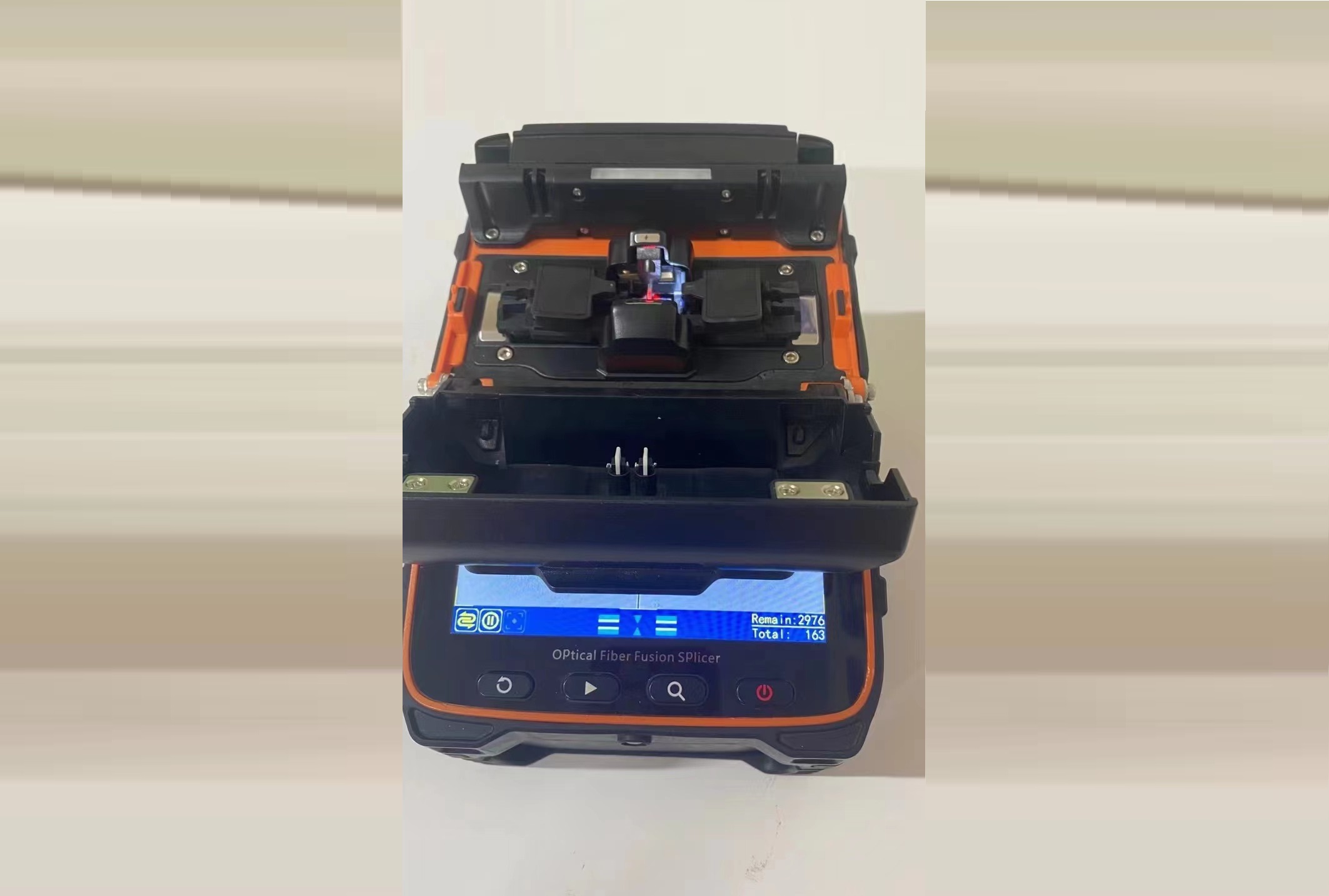- Sales SupportContact Sales
- Call us at: +(86) 15211074652
- Send us a email at: info@zr-fibercable.com
OTDR and jacket length markings are inconsistent
Why do my OTDR and jacket length markings not match?
The answer depends on the type of fiber optic cable being made. In the past, the usual procedure was to twist together a loose fiber optic cable with a small amount of excess length in the tube. Also, since the tube follows a helix around the central bending member, the total fiber path is longer than the jacket length.
There are now many different types of cable designs that defeat this assumption, although many such cables are still being manufactured and the length of the fiber beyond the jacket length is a function of core diameter (larger core/larger helix) .
central tube hypothesis
The first and most common assumption is that for a center tube design (which pulls all the fibers together), it is best if the length of the fiber and the length of the cable jacket are the same (i.e. , there is no difference between the length of the jacket and the fiber). In fact, in these types of cables, the fiber enclosures actually over-stretch the fibers, so there are many problems, and in fact, you may find that the fiber length is shorter than the jacket length.

This is a bad thing and usually happens on a fiber optic cable reel, where the fiber migrates inside the tube, thus creating a smaller circle. When unwound during installation, the optical fiber is often pulled back from the end of the cable or put under tension, so the service life may be shortened.
In addition, depending on the number of cables and the manufacturer, the indoor fiber can be stranded or unstranded. Again, it is critical to understand the type of cable design before measuring fibers and comparing results.
All of the above should make the water cloudy enough to satisfy any alligator, however, I'll add another section on why OTDR and mechanical measurements may not be relevant.
Mechanical and Digital Printing
Many mechanical printing systems, especially inkjet or laser jetting systems, rely on digital encoder signals to calibrate distances. Depending on the design of the line manufacturer, the configuration is different on each line. Major fiber optic cable specifications only require a mechanical measurement accuracy of 1%. These are generally considered adequate for most installations.
A second point about mechanical and digital printing on fiber jacketing is when in the process the printing is applied. Since jackets generally shrink as they cool, you must also estimate the shrinkage between the print and the final length if you place the print on the end of a hot water bath.
The third aspect of making water cloudy is the use of fibers that are not sensitive to bending. By using these fibers - which exhibit no appreciable loss until force is applied (bend radius, tension, microbending sensitivity, etc.) - these fibers can be elongated in a gel-filled central tube design, or loose tube Fiber bundles or ribbons of fibers that exhibit the correct length even under tensile tension. Typically, dry core designs do not exhibit these behaviors.
in conclusion
So the answer to the question of how long the distance between the fiber and the jacket should be is: it depends on the design of the fiber, how the fiber was printed during manufacture, and whether it was filled with gel. Finally, one item not discussed here that is part of all OTDR training is this: You must have the correct index of refraction at the correct wavelength before making a measurement. This means you know the fiber optic manufacturer and have verified their data sheets.
You might be interested in
We use cookies to ensure that we give you the best experience on our website. By clicking on "Accept" or continuing to use this site, you agree to our use of cookies in accordance with our Cookie Policy .You can refuse the use of cookies here.
Accept

